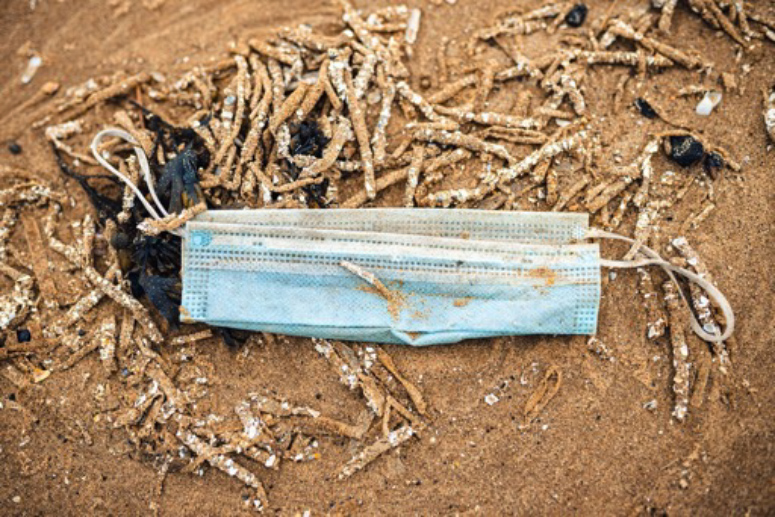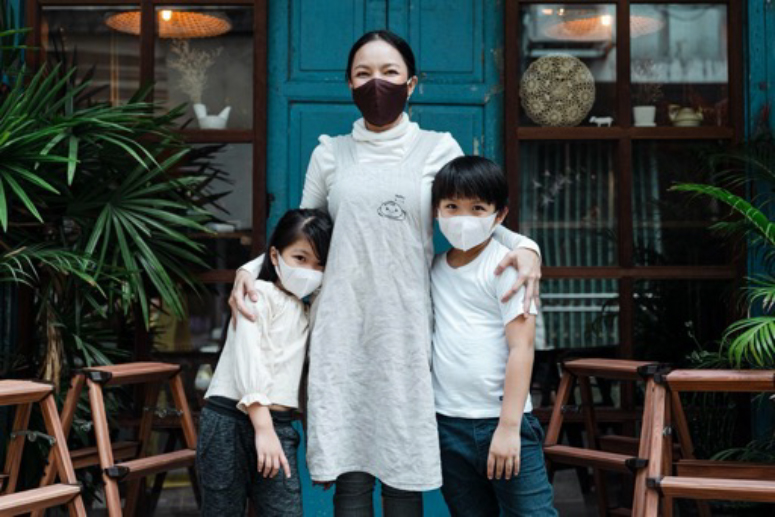Second year into the COVID-19 pandemic, most of us can probably already ace the proper wearing of face masks. But how about its proper disposal?
“A clean home is a healthy home” is what they say, and with the rise in the cases of the more infectious Delta variant in the country, no doubt we have to be extra cautious.
Aside from frequent hand-washing and disinfecting, we already know that the proper use of face masks is one of the keys to cutting down the chances of spreading and catching the COVID-19. But its proper disposal is also an integral part of the fight against the virus.
Now let us address the elephant in the room: are you disposing of your disposable face masks properly? More importantly, do you know how to?
Improper disposal of any medical waste poses a serious health risk to the public. If you are not doing the right thing at home, you may also be subjecting your family to catching the virus. As a country yet to achieve herd immunity, letting our guards down is not an option. And while we cannot force nor impose on everyone to get vaccinated, let us first focus on what we can control—ourselves.
To keep your household a healthy one, here is how you should discard your used face masks as recommended by health experts.
First, it’s best to remove your used facemask and face shield before entering your home. This is to reduce the chances of shaking loose the trapped pathogens bringing in any harmful bacteria or viruses inside your home.
Second, tie the mask using the ear loop to prevent it from opening. This would help lower the chances of the loops entangling the animals in case it ends up in the ocean or the forest.
Third, place used face masks, face shields, and other disposable personal protective equipment (PPE) in two plastic bags—one placed inside the other. Tightly seal these plastic bags, label accordingly, and take them out only during the day of garbage collection in your community to ensure that they won’t be ripped open by sharp, discarded materials.
Lastly, remember to separate used masks and PPEs from general household garbage. A safer way to do so is by placing a designated bin with plastic outside the house—preferably in your home’s sanitation area.
By doing so you are keeping your garbage collectors and whoever takes out your trash at home from coming in contact with these infectious wastes.
Environmental risk

Like any other disposables, a large volume of face masks piling up in our land field is never good for the environment.
Studies show that the global population uses a whooping 129 billion face masks every month. That equates to three million per minute, and most of them are disposable face masks that are made from plastic microfibers. In a cursory search through the Department of Environment and Natural Resources website, one will come across a photo release which shows an improperly discarded face mask afloat Manila Bay, along with many other garbage that damages our environment, animals, and other natural resources. Another photo that circulated online showed a photo of a bird whose feet were entangled by the ear loops of a face mask.

While surgical face masks are still the best option for individuals working in the medical sector and those who have direct contact with infected individuals, using cloth and washable face masks is an eco-friendly alternative to help ensure a sustainable environment for our future generations.
